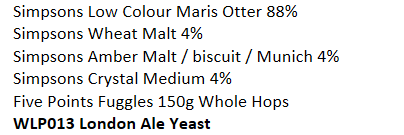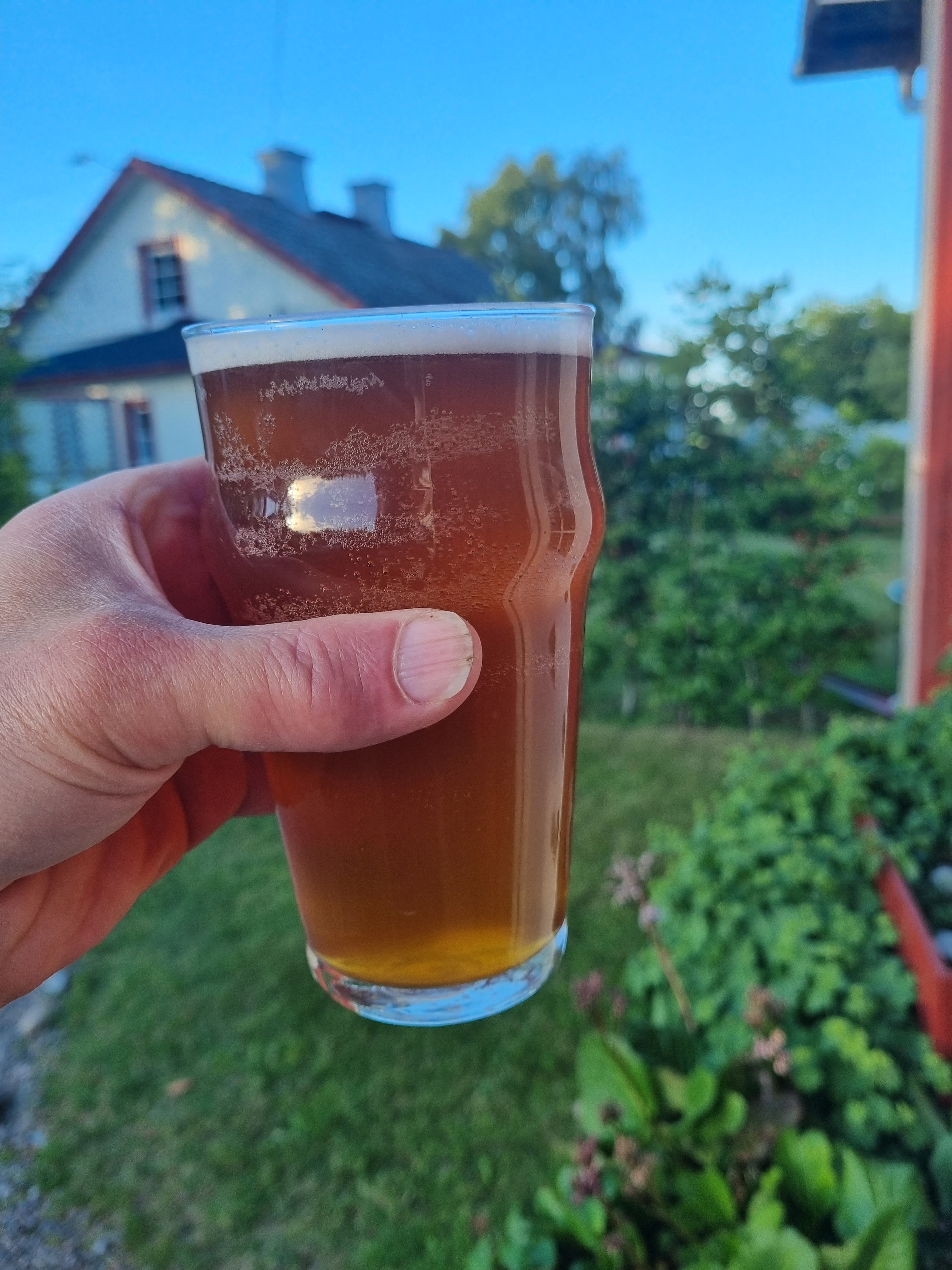Yes it certainly explains the attenuation, i'm looking at AA 87% right now... White Labs states 67-75% for WLP013 so I'm way above it. However, overnight mashing certainly feels like a good way for me to brew and I want to continue doing it if I can bring down the attenuation some. I might try to mash higher next time... maybe aiming for 70C/158F instead of 67C/152.5F? Not sure how much that would change things.
You think the long mash also explains my higher OG/mash efficiency than I usually have? I mean we're not talking a few percent here... I got an efficiency of 90% (Brewfather calculated) instead of my usual 75-ish.
I would go the full way and try with 72 C. Your long mash also certainly upped your overall efficiency, I experienced the same!
Hard to dial in, but once you got it, you got it. Good luck!























![Craft A Brew - Safale S-04 Dry Yeast - Fermentis - English Ale Dry Yeast - For English and American Ales and Hard Apple Ciders - Ingredients for Home Brewing - Beer Making Supplies - [1 Pack]](https://m.media-amazon.com/images/I/41fVGNh6JfL._SL500_.jpg)




































